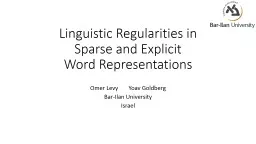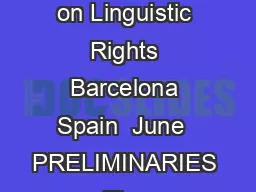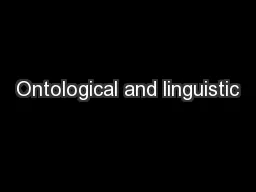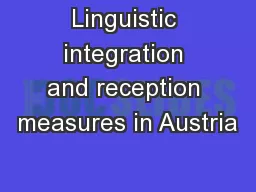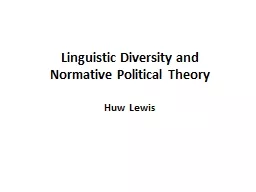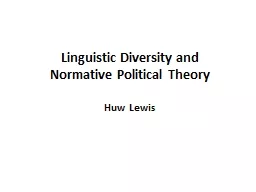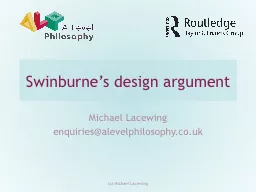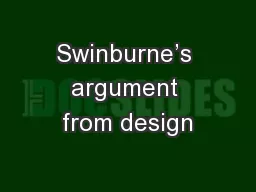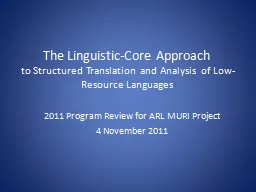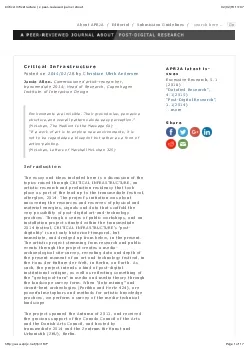PPT-Linguistic Regularities in
Author : celsa-spraggs | Published Date : 2018-10-24
Sparse and Explicit Word Representations Omer Levy Yoav Goldberg Bar Ilan University Israel Papers in ACL 2014 Sampling error 100 Neural Embeddings Dense vectors
Presentation Embed Code
Download Presentation
Download Presentation The PPT/PDF document "Linguistic Regularities in" is the property of its rightful owner. Permission is granted to download and print the materials on this website for personal, non-commercial use only, and to display it on your personal computer provided you do not modify the materials and that you retain all copyright notices contained in the materials. By downloading content from our website, you accept the terms of this agreement.
Linguistic Regularities in: Transcript
Download Rules Of Document
"Linguistic Regularities in"The content belongs to its owner. You may download and print it for personal use, without modification, and keep all copyright notices. By downloading, you agree to these terms.
Related Documents

